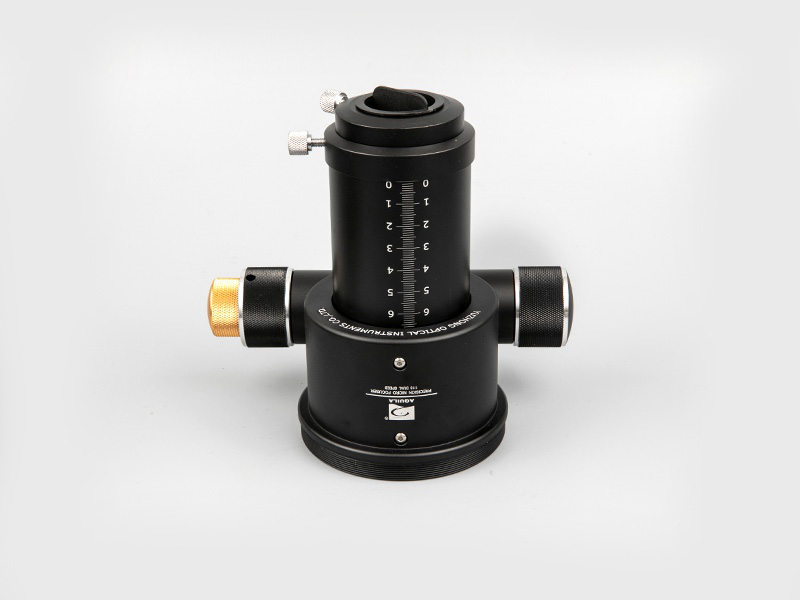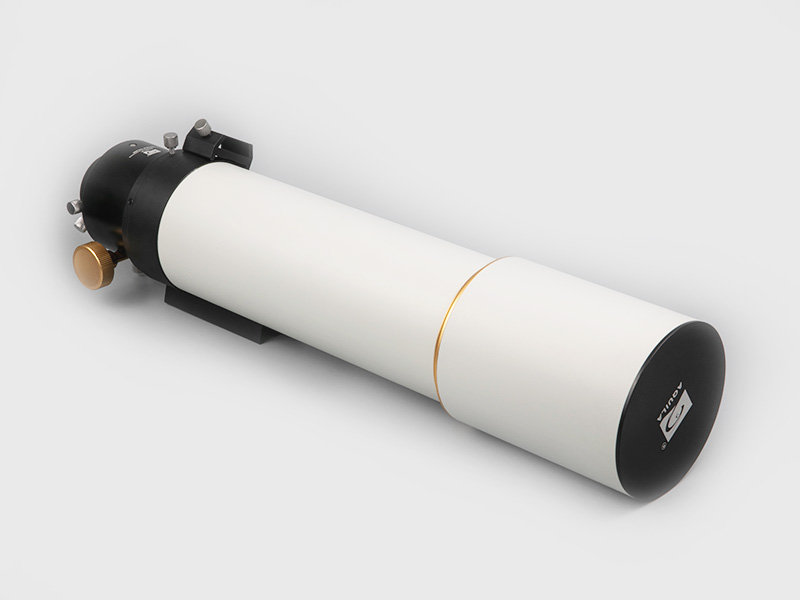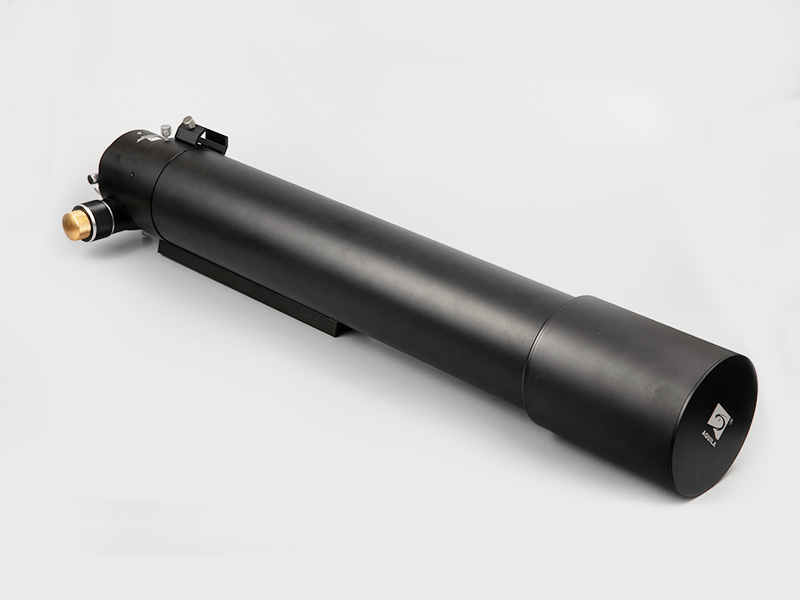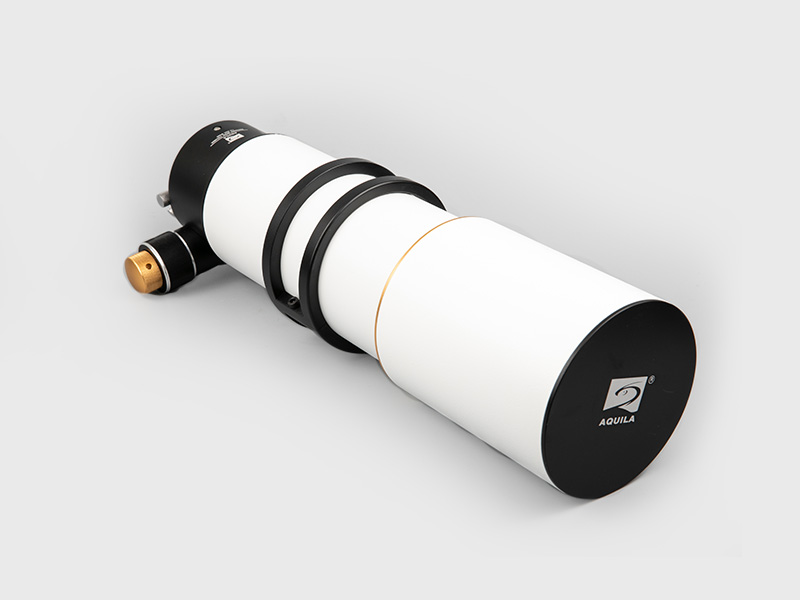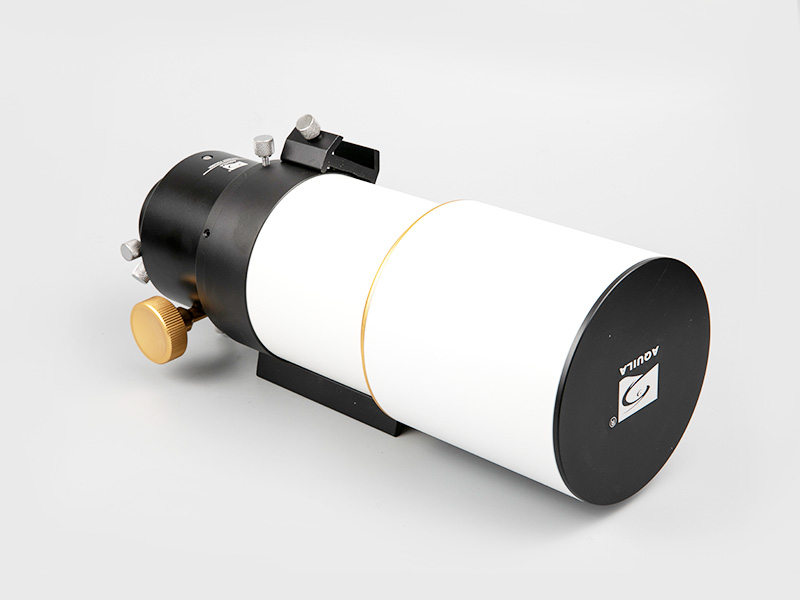High-end configuration:
Takahashi EM-200 Equatorial Mount + FSQ-106 Refractor Telescope
Mid-range configuration:
Prestige GPD2 equatorial mount + ED103S refracting telescope
low-end configuration:
Daguan EQ-5, Sirius TQ5 domestic equatorial mount + 80EDAPO advanced apochromatic refracting telescope
Summary "Nine-step operation method" briefly reveals the steps of astrophotography, and shows a complicated photographic operation process concisely. It can be mastered quickly through practice. With the use of advanced automated electronic equipment in astrophotography, equipment such as star finder, star guide and surveillance screen are organically combined with traditional astrophotography equipment. The difficulty of astrophotography today has been greatly reduced, and many photography enthusiasts can try it and enjoy the fun.
Selection of shooting location
Taking photos of astronomical deep sky stars has strict weather requirements. Darkness is the primary condition, and the darker the better. Due to the good lighting conditions in modern society, it is not easy to find a black shooting location. Astrophotographers call those artificial light sources light pollution. They usually drove to the outskirts of tens or even hundreds of kilometers to shoot. In addition, the air transparency of the shooting location is also very important. If the city is heavily polluted, it will affect the quality of the shooting. Photographers often go to high altitude plateau areas to shoot, where the air quality is good and the sky is very transparent. In addition, there are only a few days a month suitable for astrophotography. After rain, wind, and without moonlight interference, it is the best time to shoot.
Camera settings and exposure time
According to the characteristics of modern astrophotography, digital SLR cameras usually use the following settings:
1. Shutter speed: B door
2. Sensitivity: around ISO 800
3. Focus: manual gear
4. Remote control: use a program-controlled shutter release to control the opening and closing of the shutter.
5. Exposure time: Take a picture in a few minutes, you can take dozens of pictures, or even hundreds of pictures, as long as the position of each picture is consistent, you can provide good material for post-computer processing. This is very different from the traditional film camera method of taking astronomical photos. At that time, as long as the target is locked, the shooting time may be as high as tens of minutes or even several hours.
Footage acquisition
In the digital age, astrophotography is relatively easy. Photographers can rely on computer software to process photos. It is not necessary to use long exposure methods to shoot extremely dark night sky. This shooting method has three advantages: one is that the exposure time is short, which can effectively reduce the noise generated by the camera's image sensor; the other is that the exposure time is short, which reduces the probability of deviations that may occur during the rotation of the equatorial mount, and greatly improves the success rate of creation. The third is that the exposure time is short, which can reduce the labor intensity of shooting and make it easier for the photographer to have the fun of shooting. For example, 28 material photos of the nebula in the title map M42 were taken and synthesized through astrophotography software.

 English
English 日本語
日本語 Deutsche
Deutsche España
España


